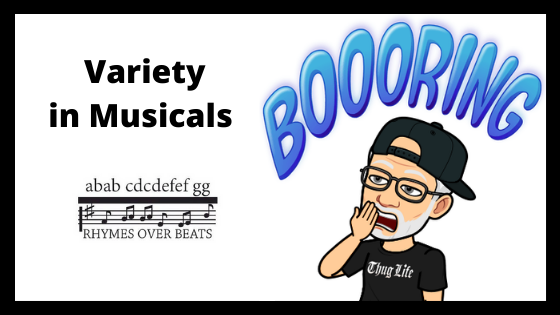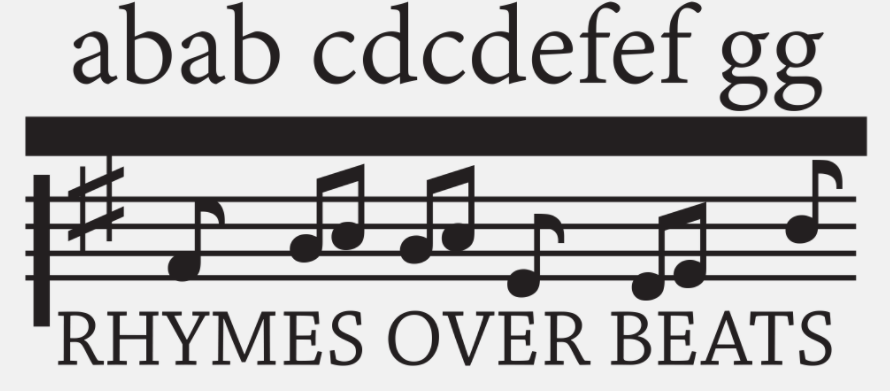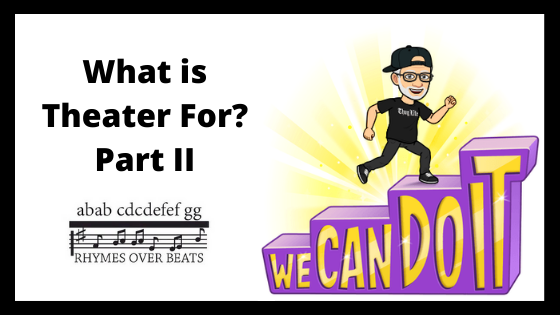
Variety in Musicals
Boring…
When I was a child, my parents moved our family from Minnesota to Arizona. We drove the entire way there.
What I remember most about the trip was crossing Nebraska. I have never been that bored in my life. The road was straight, and flat, and barren. There was no variation. That is what made it so boring.
No Boring Musicals!
It is the same with musicals. No variety makes a boring musical.
One of the critical objections to the use of rap in a musical is that the use of rap makes a musical boring. I agree that an all-rap musical might become boring.
This is not a criticism of rap – I love rap. But a musical consisting of only one thing – production numbers, for example – would be equally boring. Musicals need a variety of different kinds of songs to keep an audience mesmerized, entertained, and engaged.
Rap is Here to Stay
Rap songs are spoken, not sung. The need for a type of spoken, rhythmic song in a musical was recognized way back in the late fifties with THE MUSIC MAN. Now that rap has become the dominate form of popular music, we have an opportunity to expand the musical theater vocabulary of songs and to connect with the wider culture in a way that has not happened since the sixties.
This issue is important to me because I’m in the process of writing a musical about the Irish famine and mass diaspora of the eighteen forties. I plan to use rap for some of the songs. The question is, just where does rap fit in a work of musical theater?
I have some ideas, but they are the subject of next week’s blog. So stay tuned!




